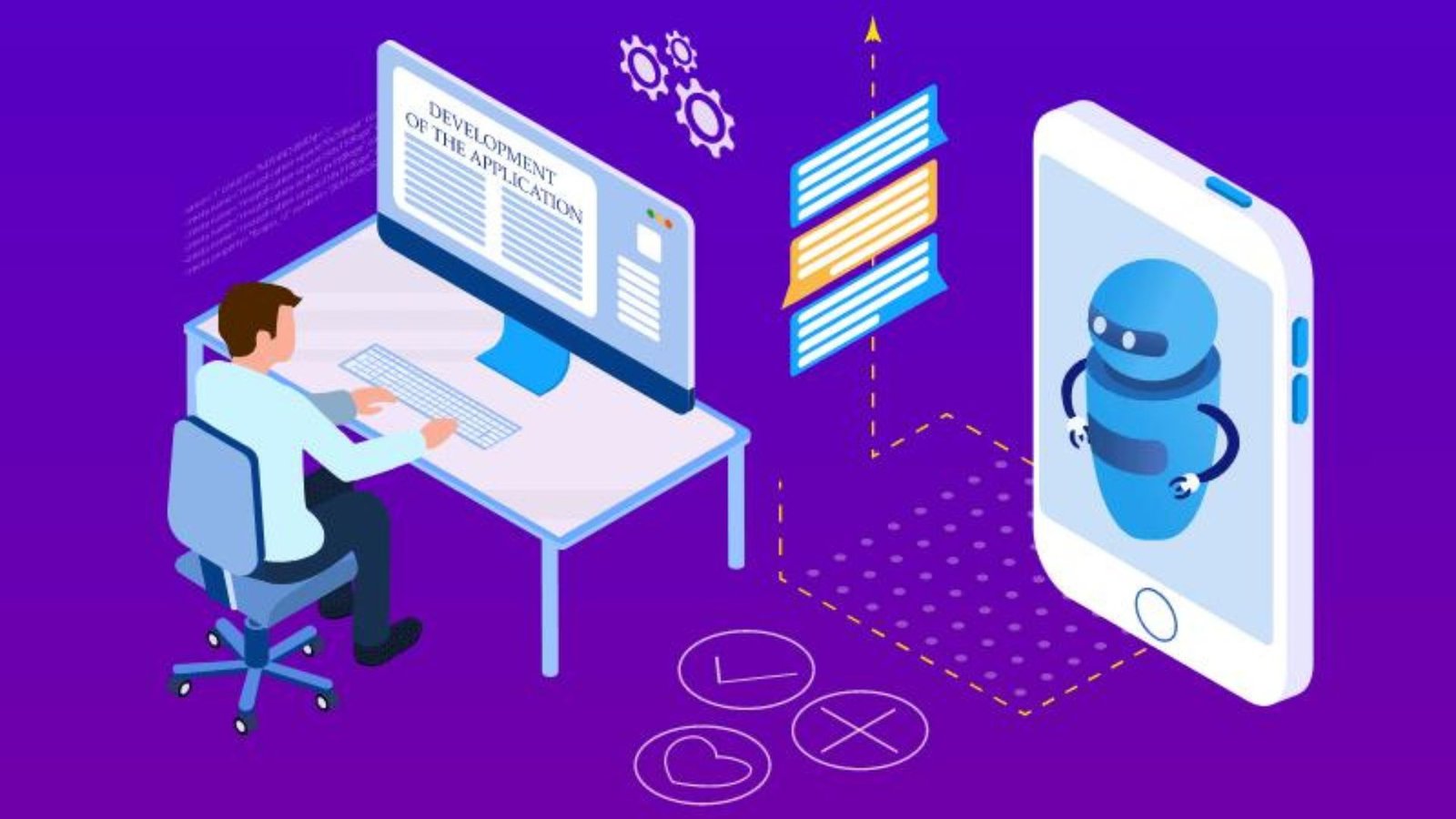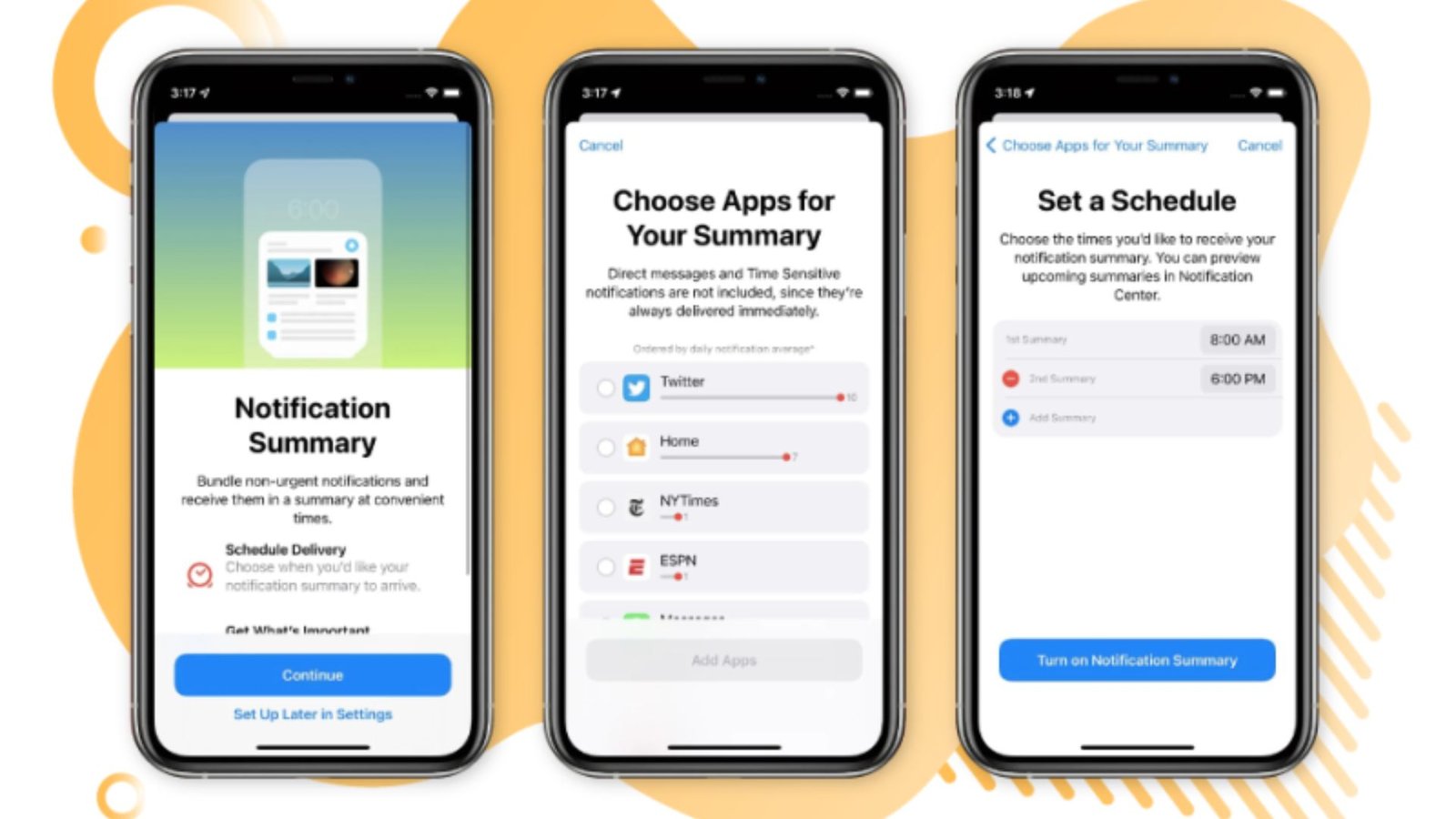Optimizing app performance is crucial for delivering a seamless user experience and maintaining user satisfaction. Efficiently running apps not only engage users but also reduce churn and improve overall success. This blog post explores key strategies to optimize app performance, ensuring that your app functions smoothly and efficiently.

1. Monitor and Analyze App Performance
Begin by monitoring and analyzing your app’s performance using analytics tools. Track key performance indicators such as load times, crash reports, and user interactions. Use this data to identify performance bottlenecks and areas needing improvement. For instance, if users experience slow load times, you can pinpoint and address the underlying issues.
2. Optimize Code Efficiency
Efficient code contributes significantly to app performance. Review and refactor your code to eliminate inefficiencies and optimize algorithms. Avoid redundant processes and ensure that your codebase follows best practices. Efficient code execution reduces latency and improves overall app responsiveness, leading to a smoother user experience.
3. Reduce App Load Times
Load times directly impact user satisfaction. Minimize load times by optimizing images, compressing files, and leveraging caching mechanisms. For example, use image compression techniques to reduce file sizes without compromising quality. Additionally, implement lazy loading to load content as needed rather than all at once, further improving load times.
4. Optimize Network Requests
Reduce the number of network requests and optimize data retrieval to enhance performance. Implement data caching and asynchronous loading to prevent blocking operations. Use efficient data formats and minimize the amount of data transferred between the server and the app. By optimizing network requests, you can reduce latency and improve app responsiveness.
5. Enhance User Interface (UI) Responsiveness
A responsive user interface contributes to a positive user experience. Ensure that UI elements are designed to handle various screen sizes and orientations. Optimize animations and transitions to run smoothly without causing delays. For instance, use hardware acceleration for complex animations to maintain responsiveness and fluidity.
6. Implement Efficient Memory Management
Effective memory management prevents memory leaks and reduces the risk of app crashes. Monitor memory usage and identify any areas where memory consumption is excessive. Use memory profiling tools to detect and address memory leaks. Efficient memory management ensures that your app runs smoothly, even on devices with limited resources.
7. Test on Multiple Devices and Conditions
Test your app on various devices and under different network conditions to ensure consistent performance. Include a range of devices with different specifications to identify any device-specific issues. Additionally, simulate various network conditions to ensure that your app performs well even in low-bandwidth scenarios.
8. Optimize Backend Services
Backend services play a crucial role in app performance. Optimize server performance and database queries to reduce response times. Implement load balancing and scaling strategies to handle high traffic volumes effectively. By optimizing backend services, you ensure that the app can handle a large number of concurrent users without performance degradation.
9. Use Content Delivery Networks (CDNs)
Content Delivery Networks (CDNs) distribute content across multiple servers to improve load times and reduce latency. Implement CDNs to cache static assets such as images, scripts, and stylesheets closer to the user’s location. CDNs enhance app performance by reducing the distance data needs to travel, resulting in faster load times.
10. Implement Efficient Data Storage Solutions
Choose the right data storage solutions based on your app’s needs. Use local storage or databases efficiently to store and retrieve data. Ensure that data operations are optimized to minimize delays and improve app performance. For example, use indexing and querying techniques to enhance database performance and reduce retrieval times.
11. Optimize Background Processes
Background processes can impact app performance if not managed properly. Ensure that background tasks are performed efficiently and do not interfere with the app’s main functionality. For instance, schedule background tasks during off-peak hours to minimize their impact on the user experience.
12. Implement App Profiling and Debugging Tools
Use app profiling and debugging tools to identify performance issues and optimize your app’s performance. Profiling tools provide insights into various aspects of your app’s performance, such as CPU usage, memory consumption, and network activity. Regularly analyze profiling data to detect and address performance issues proactively.
13. Keep Your App Updated
Regularly update your app to incorporate performance improvements and bug fixes. Monitor user feedback and performance metrics to identify areas for enhancement. By keeping your app updated, you ensure that it remains compatible with the latest devices and operating system versions, contributing to optimal performance.
14. Prioritize User Feedback
Actively seek and prioritize user feedback to identify performance issues and areas for improvement. Encourage users to report any performance-related problems and use their feedback to make necessary adjustments. User feedback provides valuable insights into real-world performance and helps you address issues effectively.
Conclusion
Optimizing app performance is essential for delivering a high-quality user experience and ensuring the success of your app. By monitoring performance, optimizing code and network requests, and implementing efficient memory management, you can enhance your app’s responsiveness and reliability. Regular testing, updates, and user feedback further contribute to ongoing performance improvements. Implement these strategies to ensure that your app runs smoothly and meets user expectations.




